2021.07.01
Day of Naha: Immerse Yourself in the Capital City of Okinawa
July 8th is Naha Day in Okinawa. This special occasion originated from the use of play-on-words or rather, a play-on-numbers. Naha’s two syllables ‘Na’ and ‘Ha’ are also syllables belonging to the Japanese pronunciations of the numbers “na-na” and ‘ha-chi” or “7” and “8” respectively in the English language. Hence, we have the numbers 7-8, and thus making July 8th officially Naha Day. To celebrate this momentous occasion, the City of Naha organizes special events around the Naha City and offers free entry to some of its major sightseeing spots. (not open until the state of emergency of COVID-19 is lifted)
1. Tamaudun: Gravesite of the Royal Family
Tamaudun, a designated World Heritage historical location, is the gravesite belonging to the Royal Family of the Ryukyu Kingdom. The grave was built in 1501 under the rule of King Sho Shin in honor of his father, King Sho En. Subsequently, it became the gravesite for the second Sho Royal Family of the Ryukyu Kingdom. The grave is divided into three chambers; the kings (and their queens) were entombed in the western room, royal families of the king were entombed in the east room, and the center room was used to hold the deceased bodies temporary until they were ready to be moved. The gravesite itself is 2,442 square meters. During the Battle of Okinawa, it was badly damaged, but was restored from 1974 through 1977. It was registered into World Heritage UNESCO program in 2000. Address: 1-3 Kinjocho, Shuri, Naha city. Open 9:00~18:00 every day. Free to enter on the July 8th.
2. Shikinaen Garden
Shikinaen was a royal garden retreat used during the Ryukyu Kingdom era and is currently located in the Maji District of Naha City. On the premises was a cottage used by the royal family, as well as a place used to entertain envoys from China. Built in 1799, the Shikinaen garden occupies 41,997 square meters of land laid out in a Ryukyuan-style design with a large pond and a walking path with vegetation nestled around it. The garden was also destroyed during the Battle of Okinawa and starting 1976, it took almost 20 years to fully restore it. It became a UNESCO World Heritage Site in 2000. Use caution when walking through the garden as there are some areas with loose footing. Food and beverages are not allowed, and pets are not allowed inside of the facility. Address: 421-7 Maji, Naha City. Open 9:00~18:00 (until 17:30 for Oct. 1st ~Mar. 31st ). Closed every Wednesday. Free to enter on the July 8th.
3. Naha City Museum of History
Since the days of Ryukyu Kingdom, Naha has always been the epicenter for politics and economics receiving influences by both China and Japan while simultaneously developing its own special culture. Today, Naha City is home to many historical artifacts that stemmed from those influences, including valuables that belong to the King Sho Family, Ryukuan artworks, as well as many important historical documents from that era. Many of these relics are now on display in 3 exhibition rooms at the Naha City Museum of History on the 4th floor of Palette Kumoji Department Store in Naha.
The first room is the “Special Exhibition Room”. Here, art crafts, documents, records, items belonging to the “King Sho Family” such as their royal costumes, lacquerware, and potteries are set on display. The costume displays are changed out monthly and twice a year, they hold a special exhibition of the crown and the king’s formal attire.
The second room is the “Permanent Exhibition Room” where displays of documents, attire, lacquerware, and other items belonging to the warrior class families of Shuri and Naha.
The third room is “Project Exhibition Room”. This room is reserved for special themes that relate to the history of Naha and change 5~6 times throughout a year. Here you can see displays of pictures of Shuri castle and the chronological history of Naha City.
Open: 10:00~19:00 everyday except Thursdays. Address: 4F 1-1-1 Kumoji, Naha City. Free to enter on the July 8th.
4. Tsuboya Yaki Pottery Museum
The Tsuboya District in Naha City is one of the more pottery producing venues in Okinawa. During the Battle of Okinawa, the Tsuboya District fortunately did not receive heavy damage. To this day many historical places like the Feenukama Kiln still exist, as well as old stone walls and stones paths used back in the day. Today, one can find many fancy pottery shops on Yachimun Street (Pottery Street) in Tsuboya. Please visit the Tsuboya Pottery Museum which showcases Ryukyuan pottery and items of Ryukyuan culture. They also have a short movie of Tsuboya’s history, as well and a model of kiln used to make the pottery. A free audio guide is available at the museum. Open 10:00~18:00 every day except Mondays. (Temporary closed from June 9th~15th) Address: 1-9-32 Tsuboya, Naha City. If you wish to learn more information about Tsuboya, visit the Naha City website, http://www.edu.city.naha.okinawa.jp/tsuboya/index.html. Free to enter on the July 8th.
Kokusai Street
Naha City’s Kokusai-dōri is perhaps the most recognized merchant streets here in Okinawa. Popular among tourists, the street is lined with many souvenir shops, restaurants, cafes, Izakayas, jewelry shops, convenience stores, and other unique attractions. So how did this street become so popular? Kokusai-dōri (dōri, a Japanese term for street) was built in 1933 to connect Naha directly to Shuri. Back then, the area where Kokusai-dōri now exist had a few houses on it and was mostly filled with farmland. The area was also known for its high humidity. After World War II, the U.S. Military had occupied the Kume and Tsuji Districts, which was the epicenter of Naha City before the war. As a result, people who had lived in those areas had to move. Potters moved to the now current location of Kokusai Street (which did not have the name Kokusai yet) to restart their businesses, and then roof tile craft workers followed. As more and more people moved to live in the area, it eventually became known as black market underground. In 1948, the Ernie Pyle Kokusai Theater opened along the avenue. The term “Kokusai” means international in Japanese, and over time, people borrowed the term to refer to the street as “Kokusai-dōri” or “Kokusai Street”. Major department stores, several movie theaters and other shops soon moved, but since time they have given way to the current tourist service shops.
Heiwa-dōri Shopping Market
Heiwa-dōri is a network of interwoven market streets in central Naha, just about at the halfway point of Kokusai Street. The market is unique with its arcade-style roofing that house the many small shops below that sit along the alleyways. The alleyway got its name because of the old Heiwa Movie Theater that used to be at the entrance of the street. “Heiwa” means ‘peace’ in English and “-dōri” meaning street or road. Today, Heiwa-dōri is home to a myriad of small shops selling souvenirs, clothing, local foods, and just about anything else you can think of. Many Naha residents boast that Heiwa-dōri is the best gather spot in Okinawa. Indeed, the market’s maze-like atmosphere gives it a sense of old Okinawa. But not only that, it is the old Okinawan Obaa (elderly Okinawan woman) filled with so much energy and strength that run most of these stores that gives it a unique ambiance. Their warm Okinawan smile will definitely brighten your day.

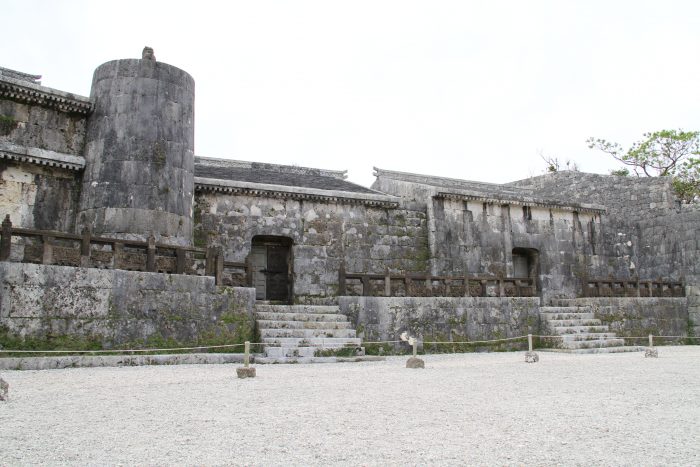

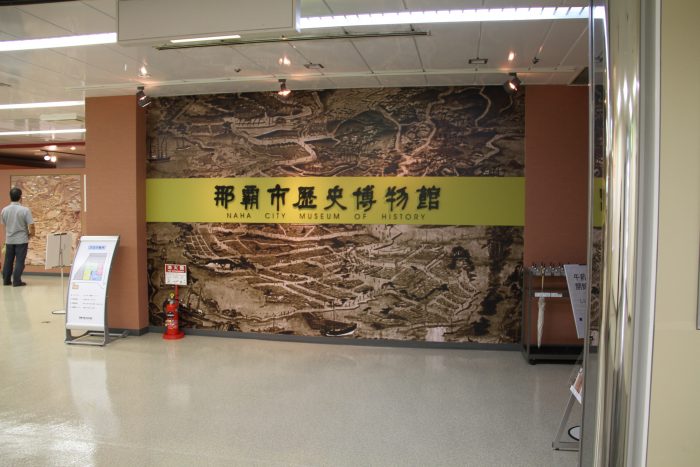
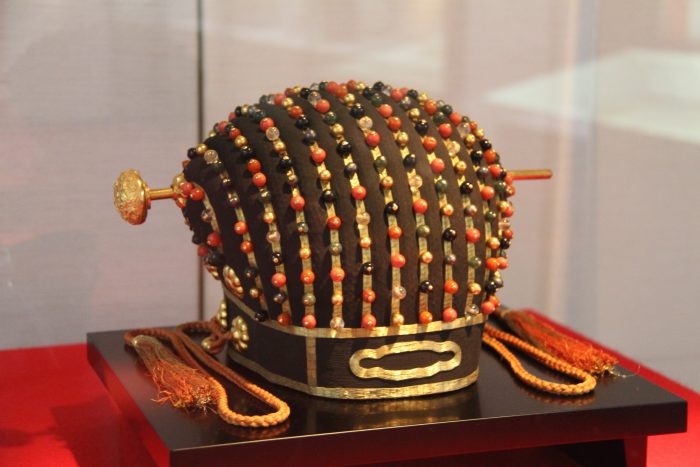

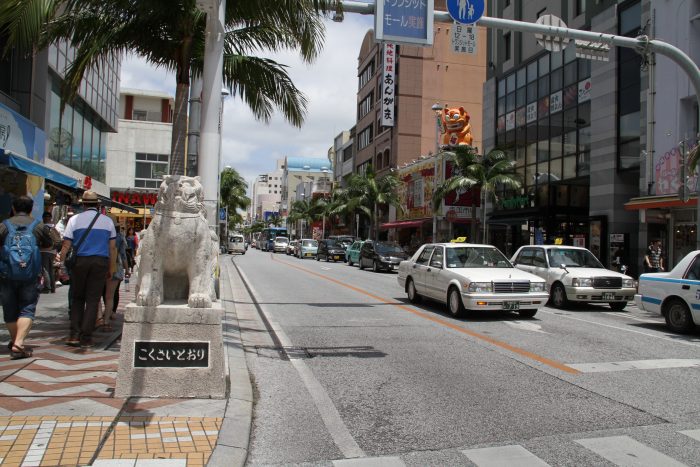
 2024.07.07
2024.07.07 2024.07.02
2024.07.02 2024.06.11
2024.06.11 2024.06.03
2024.06.03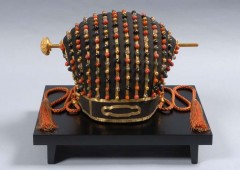 2024.05.02
2024.05.02 2024.04.26
2024.04.26 2024.04.04
2024.04.04 2024.04.02
2024.04.02 2024.03.03
2024.03.03 2024.02.26
2024.02.26






